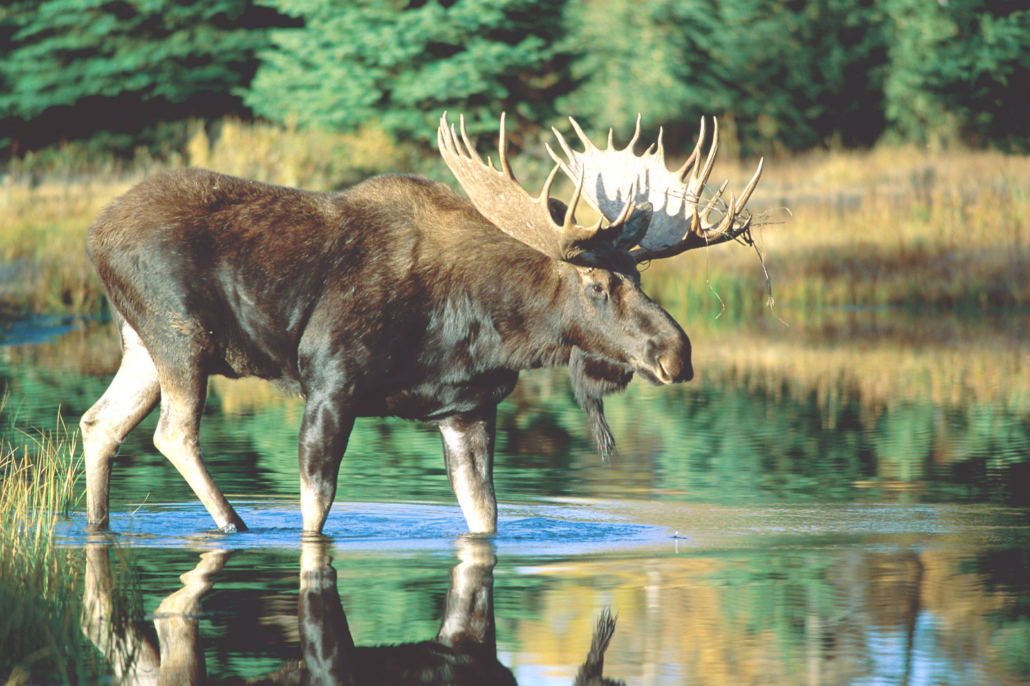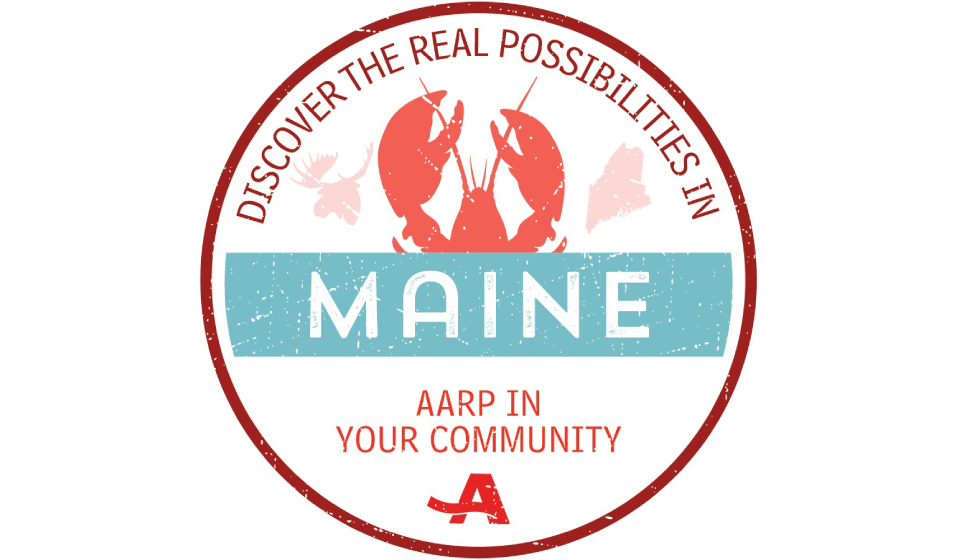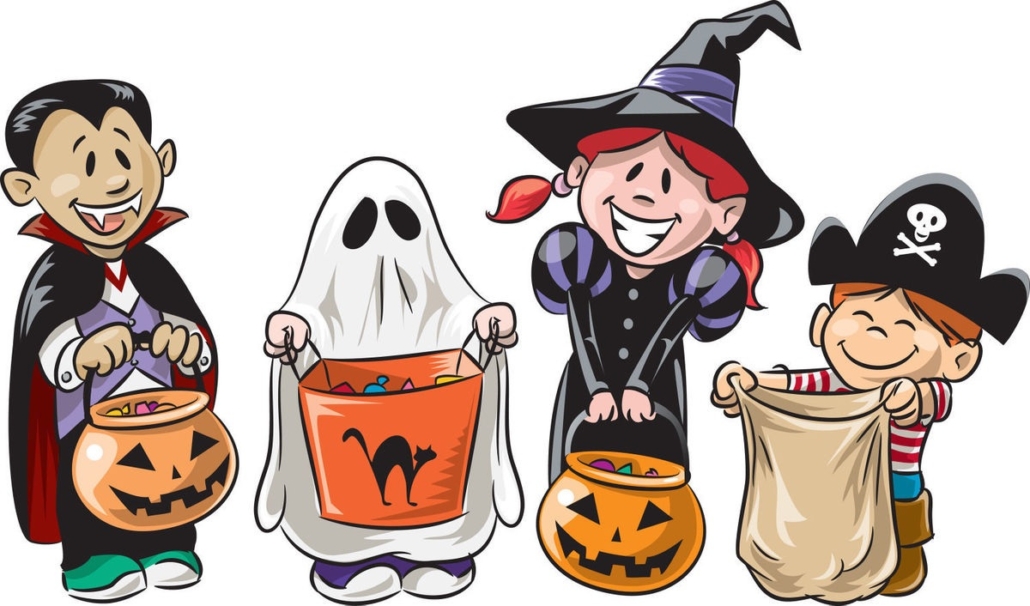
A bull moose.
The Maine moose hunting season is underway. It has not always been that way.
The moose hunting season was reintroduced in 1980 on an experimental basis, when 700 permits were issued to residents. At that time, the Maine Department of Inland Fisheries & Wildlife estimated the moose population to be in the vicinity of 20,000 – 25,000 animals. In 2007, a wildlife ecologist estimated the moose population for New England and New York to be in the range of 50,000 animals.
A campaign was began in 1983 by a group of moose lovers to place the moose hunting question on a referendum ballot. The initiative failed. The legislature subsequently gave the DIF&W the authority to establish the number of moose permits handed out each year, while maintaining control of the moose lottery.
In 2002, for the first time in 21 years, state wildlife biologists recommended reducing the number of permits, for fear that the moose population may have been on the decline. There had been a high level of calf mortality with the culprit possibly being the tiny blood-sucking ticks that have become so numerous in recent years. Ticks killed more than half of the moose calves in northern New Hampshire during a peak year. It was feared the same was happening in Maine.
After expanding for most of the 20th century, the moose population of North America has been in steep decline since the 1990s. Populations expanded greatly with improved habitat and protection, but for unknown reasons, the moose population is declining.
In northeastern North America, the moose’s history is very well documented: moose meat was often a staple in the diet of Native Americans going back centuries, with a tribe that occupied present day coastal Rhode Island giving the animal its name. The Native Americans often used moose hides for leather and its meat as an ingredient in a type of dried jerky used as a source of sustenance in winter or on long journeys. Eastern tribes also valued moose leather as a source for moccasins and other items.
The moose vanished in much of the eastern U.S. for as long as 150 years, due to colonial era over-hunting and destruction of habitat.
European rock drawings and cave paintings reveal that moose have been hunted since the Stone Age.
Moose are not usually aggressive towards humans, but can be provoked or frightened to behave with aggression. In terms of raw numbers, they attack more people than bears and wolves combined, but usually with only minor consequences.
When harassed or startled by people or in the presence of a dog, moose may charge. Also, as with bears or any wild animal, moose that have become used to being fed by people, may act aggressively when food is denied.
A bull moose, disturbed by the photographer, lowers its head and raises its hackles. Like any wild animal, moose are unpredictable. They are most likely to attack if annoyed or harassed, or if approached too closely. A moose that has been harassed may vent its anger on anyone in the vicinity, and they often do not make distinctions between their tormentors and innocent passers-by.
Moose also tend to venture out onto highways at night. In northern Maine, especially, moose-vehicle collisions are common. The problem with that is the center of mass of a moose is above the hood of most passenger cars. In a collision, the impact crushed the front roof beams and individuals in the front seats. Collisions of this type are frequently fatal; seat belts and airbags offer little protection. In collisions with higher vehicles, such as trucks, most of the deformation is to the front of the vehicle and the passenger compartment is largely spared.
Moose lack upper front teeth, but have eight sharp incisors on the lower jaw. They also have a tough tongue, lips and gums, which aid in eating woody vegetation. A moose’s upper lip is very sensitive, to help distinguish between fresh shoots and harder twigs. A moose’s diet often depends on its location, but they seem to prefer the new growths from deciduous trees with a high sugar content, such as white birch.
Moose also eat aquatic plants, including lilies and pondweed. (We could sure use a few of them on Webber Pond). Moose are excellent swimmers and are known to wade into water to eat aquatic plants. This trait serves a second purpose in cooling down the moose on summer days and ridding itself of black flies. Moose are thus attracted to marshes and river banks during warmer months as both provide suitable vegetation to eat and as a way to wet themselves down. Moose avoid areas with little or no snow as this increases the risk of predation by wolves and avoid areas with deep snow, as this impairs mobility.
So, moose are a vital commodity to Maine, and we must do what is necessary to preserve them, and continue to harvest them responsibly.
Can anyone answer this question? If you have a legal moose hunting permit, you are on your way to the hunt, and you collide with a moose and kill it – and you survive – does that count as your moose, or can you continue to the hunting zone and claim a second moose?
Roland’s trivia question of the week:
When was the last time the New England Patriots lost three games in a row?
Answer can be found here.









 by Japhet Els
by Japhet Els The annual Trunk or Treat, sponsored by Skowhegan Savings Bank, will take place on Saturday, October 26, at the bank’s lower parking lot.
The annual Trunk or Treat, sponsored by Skowhegan Savings Bank, will take place on Saturday, October 26, at the bank’s lower parking lot.


